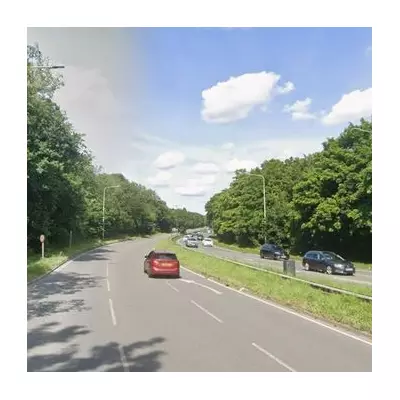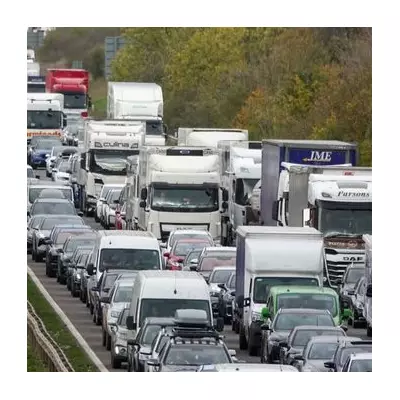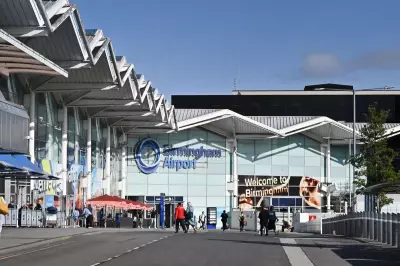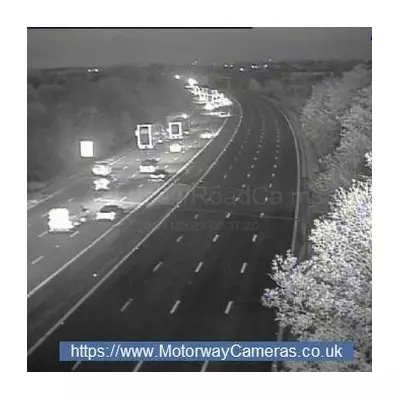
New research has uncovered the five most active speed camera locations across Britain's motorway network, with one particular stretch of road catching an astonishing number of drivers every single day.
The Motorway Speed Trap League Table
According to analysis of police data, these are the five motorway sections where drivers are most frequently caught exceeding speed limits:
- M6 between junctions 6 and 7 - This section near Birmingham has emerged as Britain's number one speed trap, with cameras capturing thousands of speeding vehicles annually
- M1 between junctions 33 and 34 - A notorious stretch in South Yorkshire that consistently ranks among the highest for speeding offences
- M25 between junctions 10 and 15 - The London orbital motorway's variable speed limit zones are catching out countless commuters
- M4 between junctions 24 and 25 - This Welsh section near Newport has become a hotspot for speed enforcement
- M62 between junctions 18 and 20 - The Manchester-to-Leeds route sees significant speeding activity
Why These Locations Catch So Many Drivers
Motoring experts suggest several factors make these particular stretches so effective at catching speeders:
- Changing speed limits that drivers fail to notice or adjust to quickly enough
- Long, straight sections that tempt drivers to increase their speed gradually
- High traffic volumes increasing the statistical likelihood of offences
- Strategic camera placement in areas where speeding is most common
The Cost of Getting Caught
With speeding fines starting at £100 and three penalty points, getting caught at any of these locations could prove expensive. Repeat offenders or those significantly over the limit could face much higher fines and even driving bans.
Road safety campaigners emphasise that these figures highlight ongoing concerns about speeding behaviour on Britain's busiest roads, despite repeated warnings and enforcement campaigns.
The data serves as a stark reminder for all motorists to maintain vigilant speed awareness, particularly on familiar routes where complacency can easily set in.





